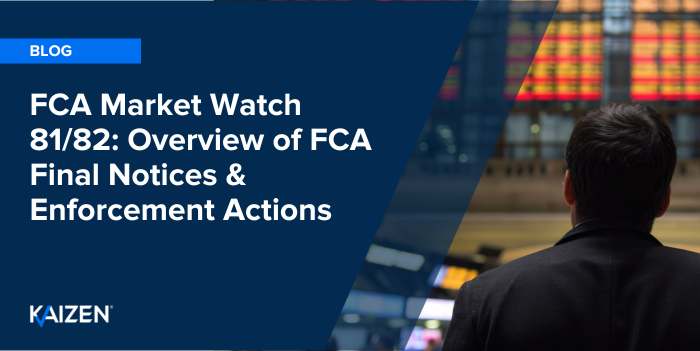MiFID II: Industry pushes back on ‘no LEI: no trade, no admission’

Kaizen’s CEO Dario Crispini and Managing Director Ian Rennie spoke with Thomson Reuters Accelus about efforts by the financial services industry to persuade ESMA to soften its approach on the use of LEIs under MiFID II.
Firms are disputing two issues – the ‘no LEI, no trade’ rule spelled out in RTS 22 (which mandates the use of LEIs for corporate and other counterparties) and ‘no LEI, no admission’ rule in RTS 23. Firms are looking for leeway from ESMA to allow the use of other identifiers, at least initially.
On the ‘no LEI, no trade’ rule, without an LEI, the transaction report will fail the validation test and be rejected by the ARM or national competent authority.
“The validation means that if there is a corporate entity as counterparty or a decision maker on a trade, if they don’t have a LEI, then the firm can’t report the trade. There will be circumstances where someone does a trade and then they find out they don’t have a LEI. What do they then do? It’s not possible to get the report to the regulator with the wrong identifier. It makes sense to try to move away from that strict validation. That will require quite a bit of movement from ESMA,” Dario told Regulatory Intelligence.
“My understanding is all firms are trying to meet the requirement and deal with the rump of their counterparties and issuers as they go live. Everyone is geared up for ‘no LEI, no trade’ but are, at the same time, explaining the potential unintended consequences to their competent authorities,” said Ian.
The full article is available from Thomson Reuters Accelus, a subscription-only site.


